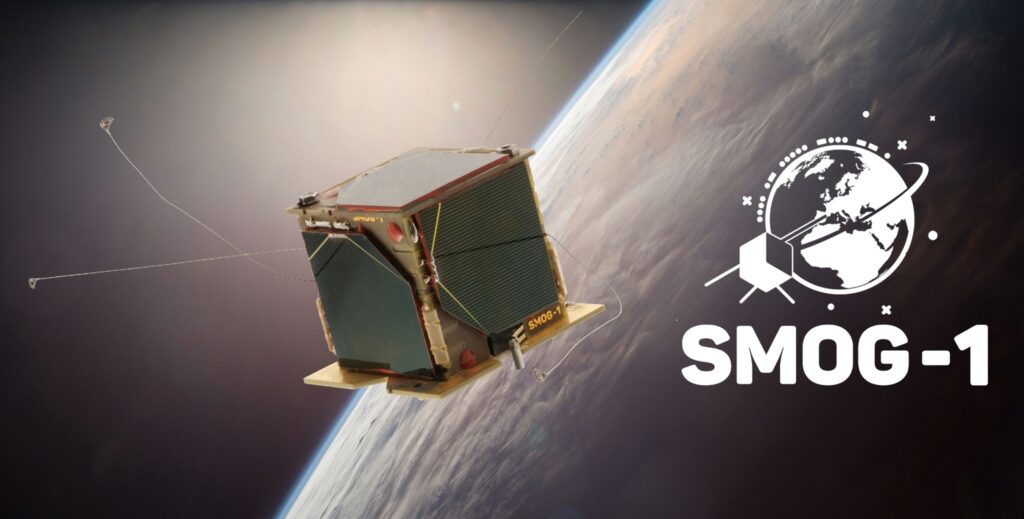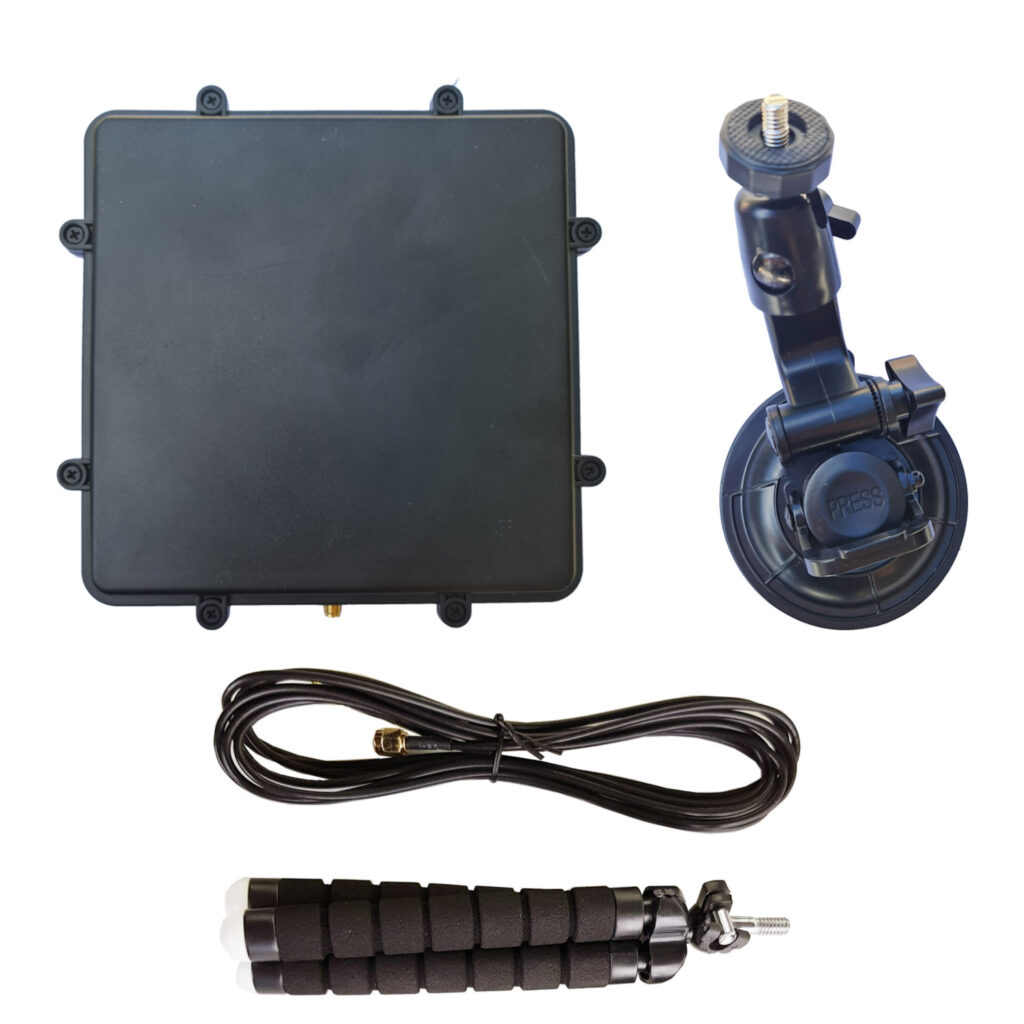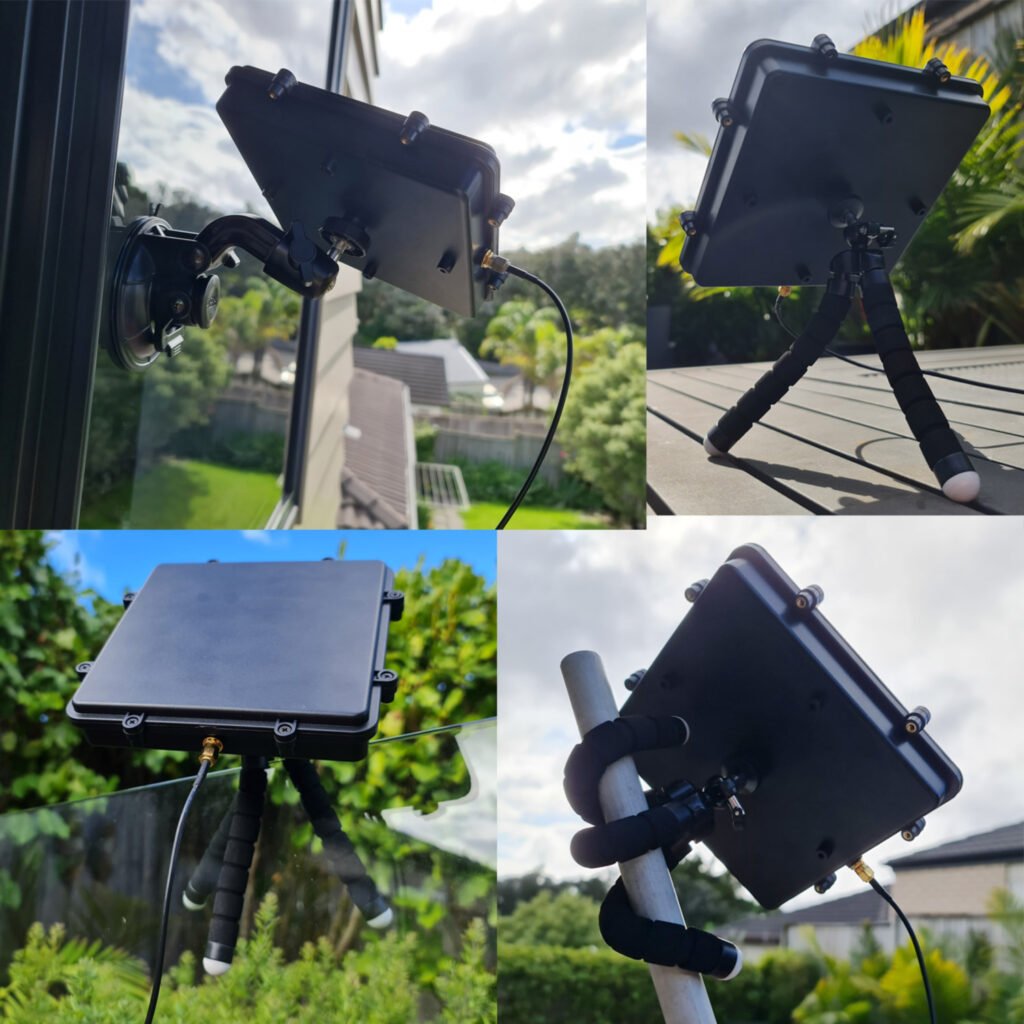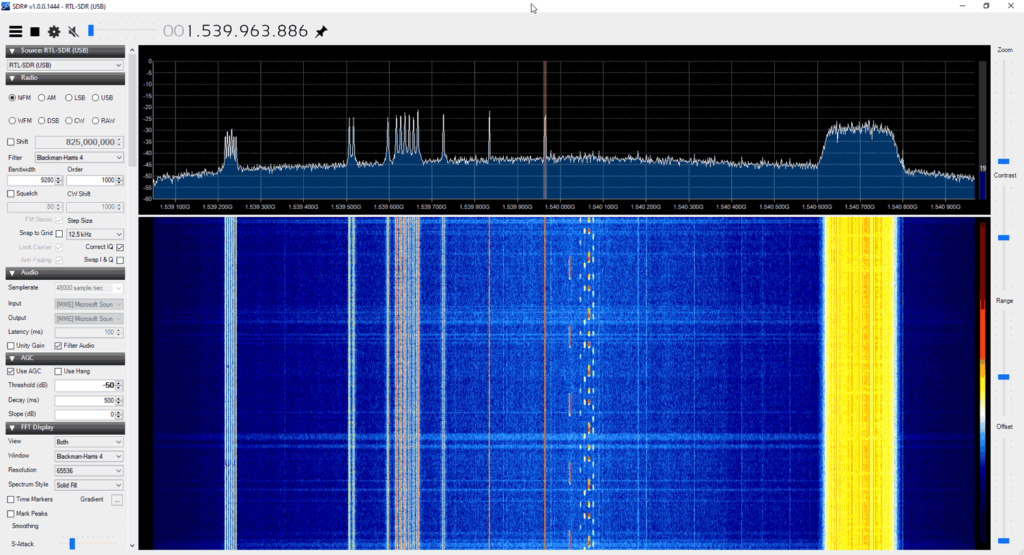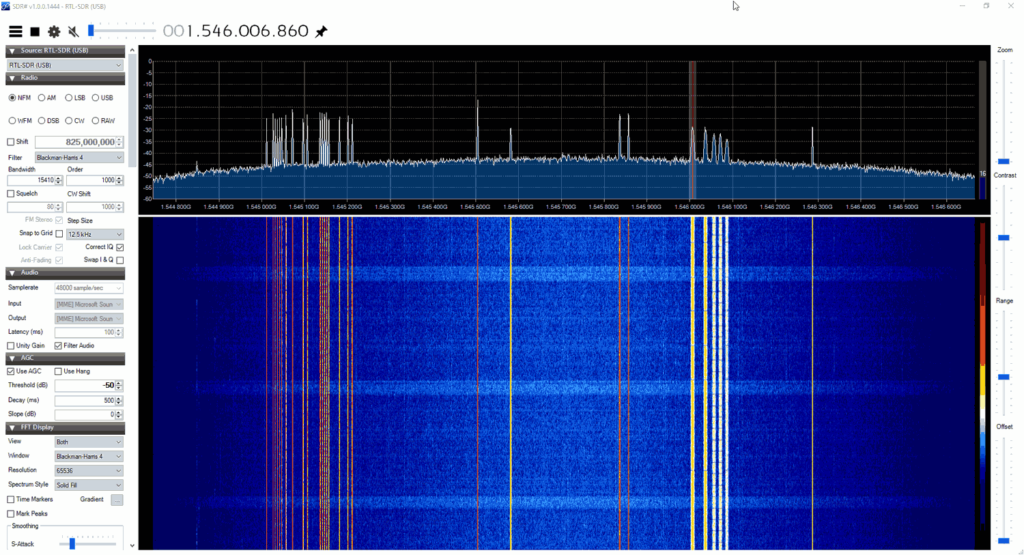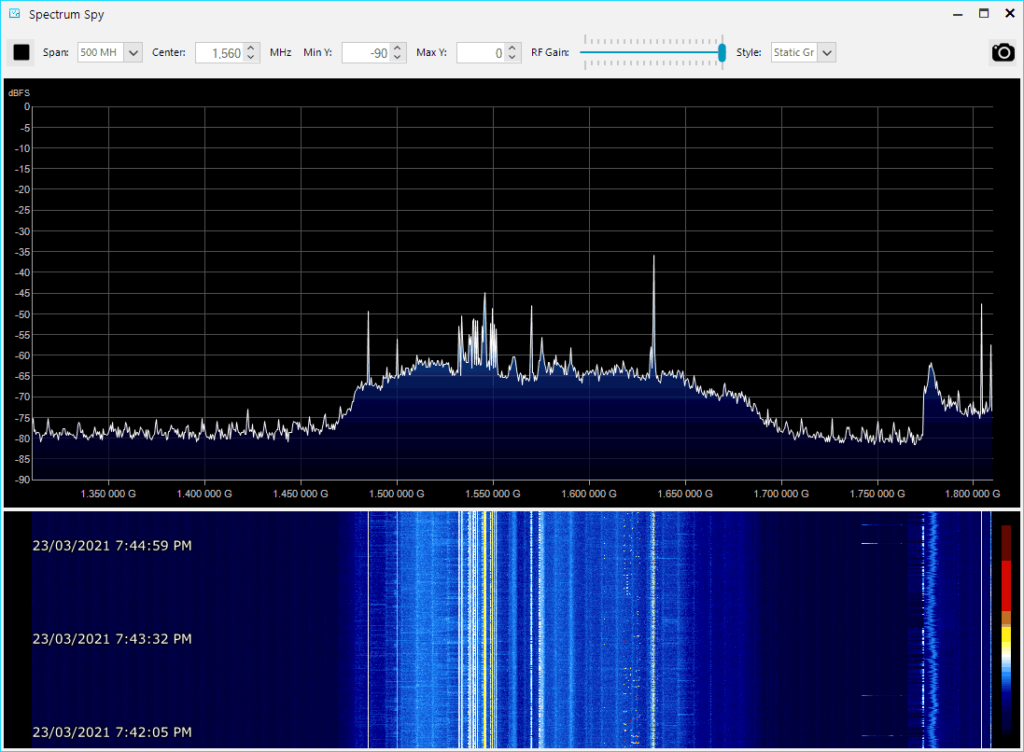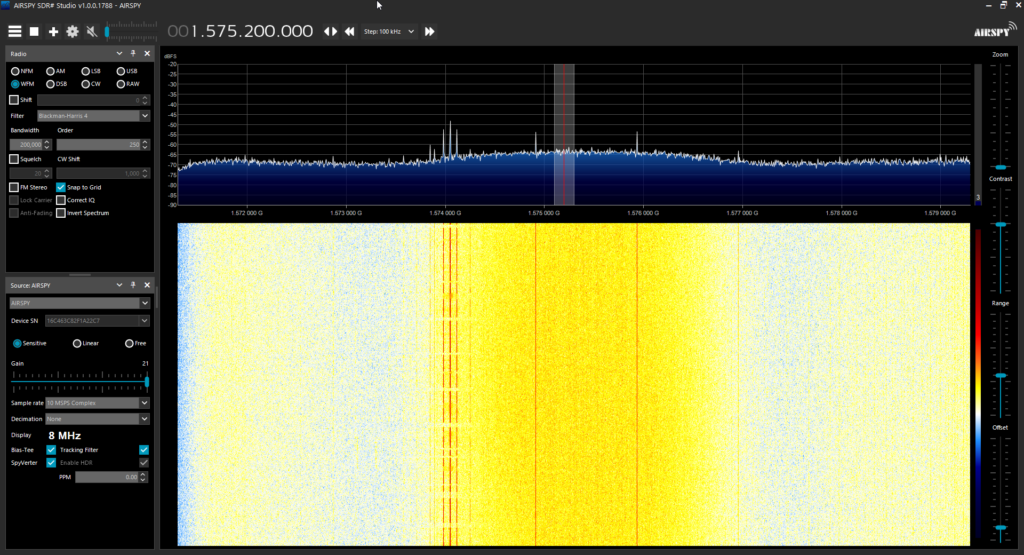NOAA-2 Returns from the Dead
Satellites can stay in orbit for years after their decommissioning date. Although they are turned off, often after many years they can turn on again as the battery chemicals begin to break down, eventually allowing electricity directly to the satellite systems whenever the solar panels are in light. We've seen this phenomenon occur with various decommissioned satellites.
Recently it was discovered by amateur radio satellite watcher Scott Tilley that NOAA-2 appears to be actively transmitting again in the L-band at 1697.5 MHz. NOAA-2 is a weather image satellite that was operational from 1972 - 1975.
The NOAA 2 spacecraft is tumbling with a period of about 88.6s. The on/off duty cycle is asymmetrical with it on for about ~28s and off for ~61s. The plot below shows the ragged nature of this almost 50 year old emitter. pic.twitter.com/iWV62eV2si
— Scott Tilley (@coastal8049) March 13, 2021
Next over on his blog Derek OK9SGC was able to confirm reception of the signal, make a recording, and then with the help of @Xerbo10 discovered that you can actually receive an image from it. However as is to be expected the camera is not actually operational and all you get is a few grey lines indicating voltage calibration and sync telemetry.
It's unknown how long the satellite will stay undead, but if you manage to receive it let us know in the comments.
After further investigation it looks like FM encoded FM (unlike FM encoded AM used by APT), after that you can a brightness calibration ramp! pic.twitter.com/iZ6dju10hG
— Xerbo (@Xerbo10) March 13, 2021

